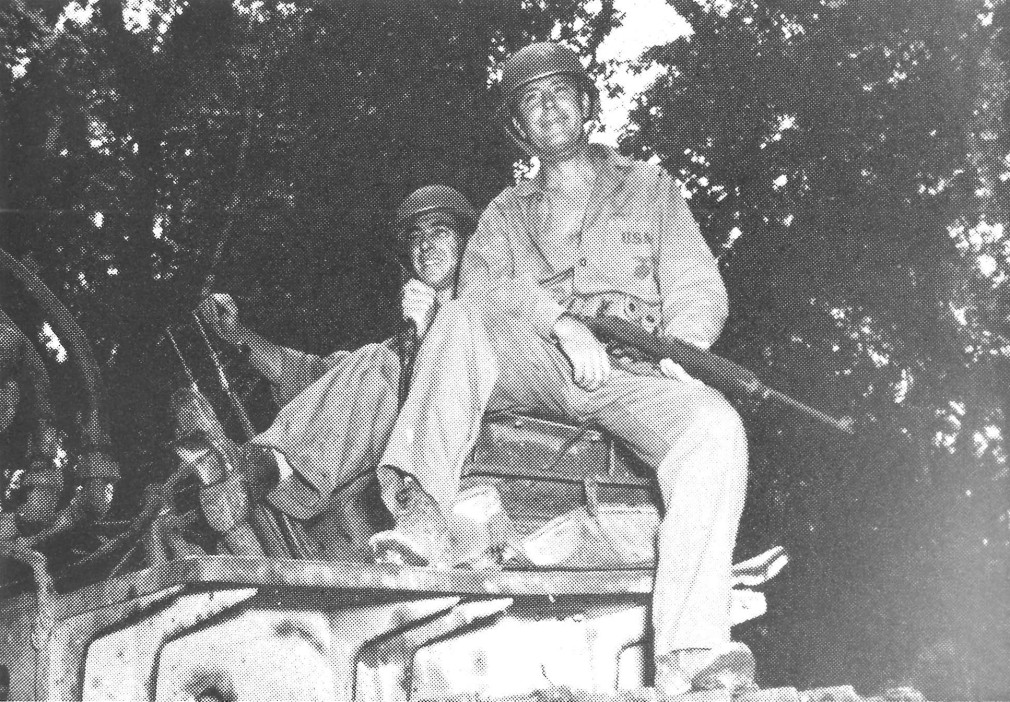Navy Construction Battalions were instrumental in America’s Pacific campaign during WWII. Often working amidst enemy fire, Seabees employed bravery and creativity to build runways and infrastructure out of nothing. These same qualities helped Machinist’s Mate Second Class Aurelio Tassone engage Japanese forces in the Solomon Islands with a bulldozer and earned him the Silver Star medal.

On October 27, 1943, the Allied invasion of the Japanese-held Treasury Islands, part of the Western Province of the Solomon Islands, was underway. That day, the assault began on Mono Island, the largest island in the Treasuries. An hour after the first wave hit the beach, eight Seabees and their commanding officer from Company A, Naval Construction Battalion 87 landed. The Seabees deployed with a jeep and two bulldozers to clear a road along the jungle beach.

The landing on Mono Island was met with heavy mortar and machine gun fire. Fortified and well-concealed Japanese pillboxes, constructed of heavy coconut logs and other timber, halted the advance up the beach. One such pillbox was positioned near where the Seabees landed and prevented the advance of the Eighth New Zealand Brigade to which the Seabees were attached.

The Seabee CO, Lt. Charles Turnbull, ordered Tassone to engage the pillbox with his dozer. Without hesitation, Tassone raised the blade and advanced on the pillbox with his 24-ton D-8 bulldozer, which he named “Helen” for his wife. Turnbull followed on foot behind and to the side of the dozer, providing cover fire with his carbine. The dozer’s blade shielded Tassone from the heavy enemy fire until he got to the pillbox. Then, he lowered the blade and bulldozed the pillbox, crushing its 12 occupants under tons of earth and logs.

For their assault on the pillbox, Turnbull and Tassone were awarded the Silver Star. Tassone was also promoted to Machinist’s Mate First Class. Their courage and ingenuity under fire embodies the Navy Seabee motto Construimus, Batuimus: We build, We fight.


